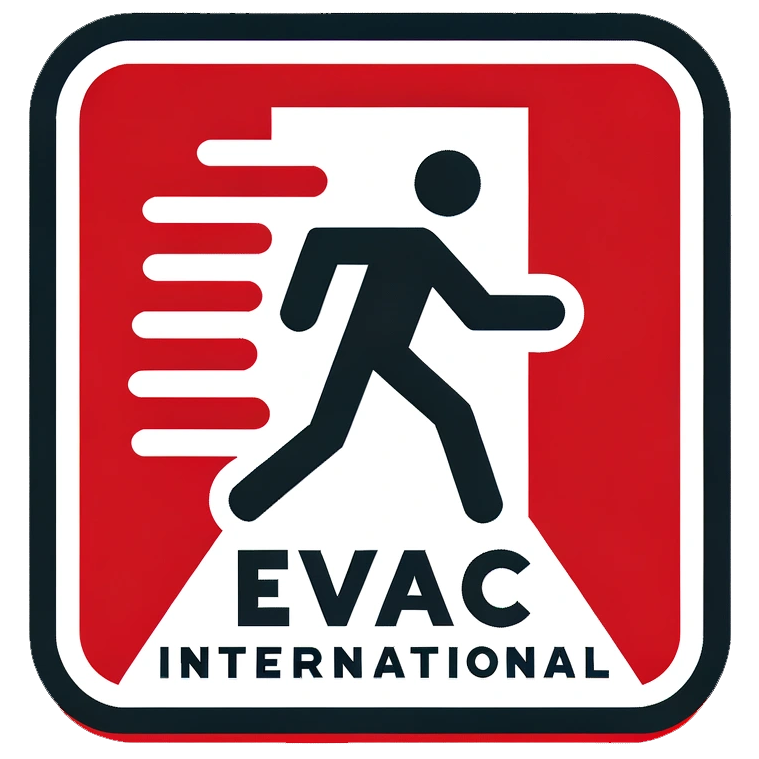As a fire safety and evacuation expert, it is my firm belief that companies and public buildings must have evacuation chairs in place to protect the public in the event of an emergency. The importance of providing safe and efficient evacuation options for individuals with mobility impairments cannot be overstated. In this article, I will delve into the reasons why evacuation chairs are essential for ensuring the safety and well-being of all individuals, regardless of their physical abilities.
During an emergency situation, such as a fire or natural disaster, the ability to swiftly and safely evacuate a building is crucial. While many buildings are equipped with ramps and elevators to facilitate the exit of individuals with disabilities, these options may not be accessible or safe in the event of an emergency. This is where evacuation chairs come into play. These specially designed devices are specifically engineered to assist individuals with mobility impairments in safely navigating stairways and effectively evacuating a building in the event of an emergency.
One of the primary advantages of evacuation chairs is their ability to provide a safe means of exit for individuals who are unable to use stairs independently or who rely on mobility aids such as wheelchairs or scooters. Rather than requiring individuals to attempt to navigate stairs on their own or be carried by others, evacuation chairs enable a smooth and secure evacuation process. This not only protects the individuals in need of assistance but also ensures the safety of those around them during the evacuation process.
In addition to promoting the safety of individuals with mobility impairments, the presence of evacuation chairs in public buildings and companies also demonstrates a commitment to inclusivity and accessibility. By providing these devices, businesses and public institutions send a clear message that they prioritize the safety and well-being of all individuals, regardless of their physical abilities. This inclusive approach not only benefits individuals with disabilities but also enhances the overall safety and preparedness of the entire building or facility.
Furthermore, the installation of evacuation chairs can be viewed as a proactive measure for emergency preparedness. By having these devices readily available, businesses and public buildings can better prepare for unforeseen emergencies and ensure that they have the necessary resources to effectively facilitate the evacuation of all individuals in the event of a crisis. This proactive approach can significantly mitigate the risks associated with emergency situations and contribute to the overall safety and security of the building and its occupants.
It is also important to consider the regulatory and legal implications of failing to provide adequate evacuation options for individuals with mobility impairments. In many jurisdictions, there are strict regulations and codes in place that require buildings to be accessible and provide appropriate means of egress for individuals with disabilities. Failure to comply with these regulations not only poses a potential safety risk but also exposes businesses and public institutions to legal liability. By investing in evacuation chairs, building owners and managers can ensure compliance with accessibility requirements and avoid potential legal consequences.
In conclusion, the presence of evacuation chairs in public buildings and companies is essential for ensuring the safety and well-being of all individuals, particularly those with mobility impairments. These specially designed devices provide a safe and effective means of egress during emergency situations and demonstrate a commitment to inclusivity and accessibility. By prioritizing the installation of evacuation chairs, businesses and public institutions can proactively enhance their emergency preparedness, comply with regulatory requirements, and contribute to the overall safety and security of their occupants. It is my firm belief that the widespread adoption of evacuation chairs is crucial for creating a more inclusive and secure built environment for everyone.

